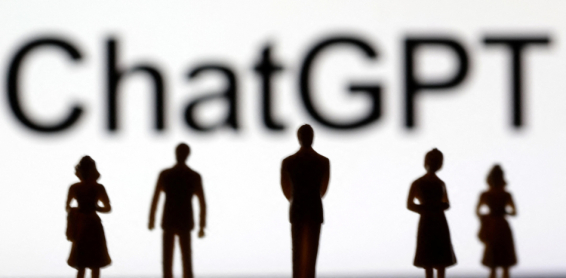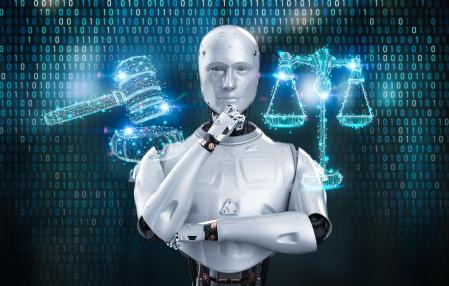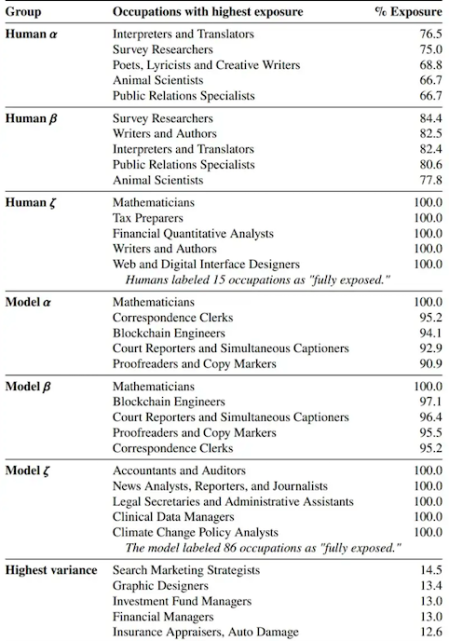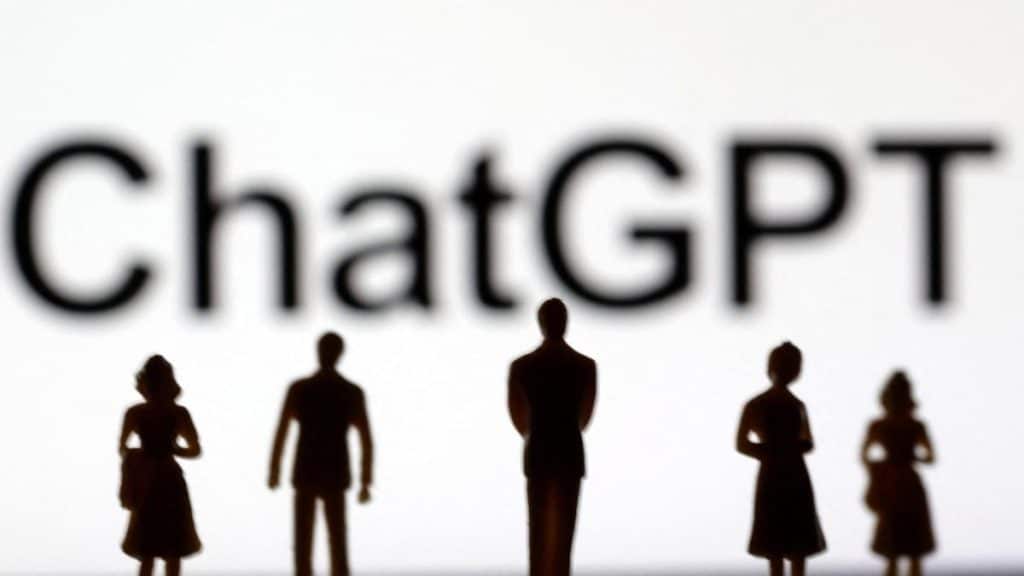Applications based on artificial intelligence like ChatGPT and others like it have come to change the world. In fact, in the coming years they will completely transform the labor market, generating economic, social and political changes whose magnitude is only beginning to be glimpsed.
At least that is what emerges from a study published by the GPT-4 developer company, OpenAI, together with OpenResearch and the University of Pennsylvania, which ensures that “approximately 80% of the American workforce could be affected at least 10% of their tasks”.
Read also Begoña Gómez Urzaiz

But which professions are really at risk? In which sectors will the development of artificial intelligence affect the most? This study prepared by the company directed by Sam Altman presents very revealing conclusions.

Video
How does GPT Chat work?
80% of the US workforce will be affected by at least 10% of their daily tasks
The first conclusion reached by the report is that the impact of artificial intelligence on the labor market will be “widespread”, influencing “all salary levels” and “most occupations”.
In this sense, the document indicates that around 19% of workers could see at least 50% of their work affected. Despite this general affectation, the GPT models will have a greater incidence in those higher-paid positions.
In fact, OpenAI points out that the most affected jobs are those that require more education. “People who have bachelor’s, master’s, or professional degrees are more exposed to GPT-powered software than those without formal educational credentials,” the paper states.

Artificial intelligence is increasingly present in our lives
Kittipong Jirasukhanont/Getty Images Read also Alex Suarez Font

Regarding specific sectors, the study indicates that those professions that require scientific skills and critical thinking will be less likely to be affected by artificial intelligence. On the other hand, those jobs in which writing or programming skills are developed will have a greater incidence of these advances in large language models.
conclusions
Jobs that involve scientific and critical thinking skills will be the least vulnerable
The authors of the study have created an index of “exposure percentage” of the different work sectors to artificial intelligence. The report identifies three levels: No exposure, direct exposure, or LLM+ exposure.
Jobs without exposure are those in which a reduction in the time required for the work causes a drop in the quality of the result. Those that have direct exposure are those in which artificial intelligence is capable of halving the time needed to complete the tasks without losing quality. Finally, trades with LLM+ exposure are those in which a language model is not yet capable of completing tasks 50% faster, but it is expected that software can be developed in the near future to do so.
Read also Josep Lluís Micó

The list of most threatened jobs
In addition, OpenAI has also shared a table showing the jobs that are expected to be most affected by Artificial Intelligence. According to the study, the jobs that have the hardest time to survive are those of mathematicians, accountants, auditors, financial analysts, administrators, journalists, editors, translators or web designers.

OpenIA Jobs Table
OpenIA
Other positions such as blockchain engineers, judicial reporters or proofreaders will also be greatly affected.
By contrast, public relations specialists, animal scientists and other creative trades such as poets, lyricists or creative writers can breathe easy.
Read also Raquel Sáez



